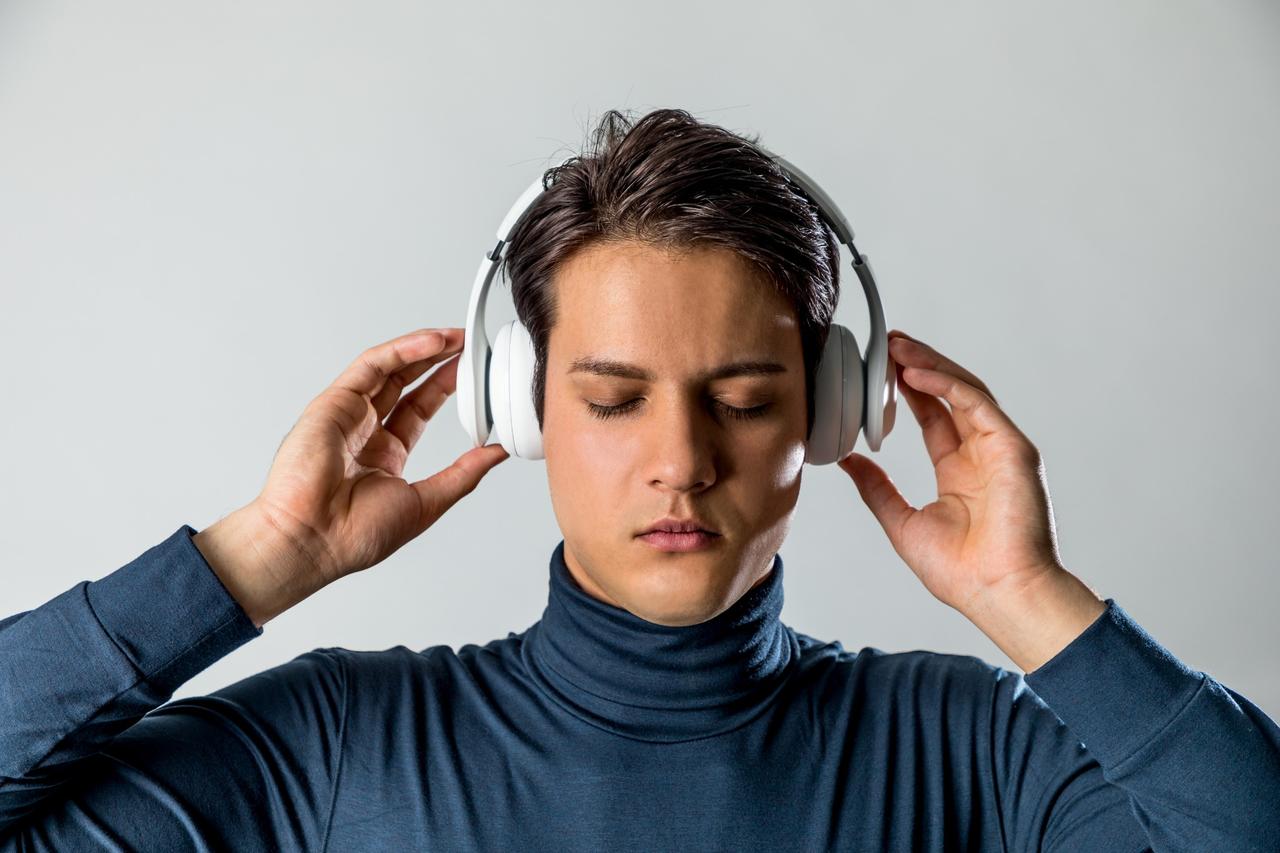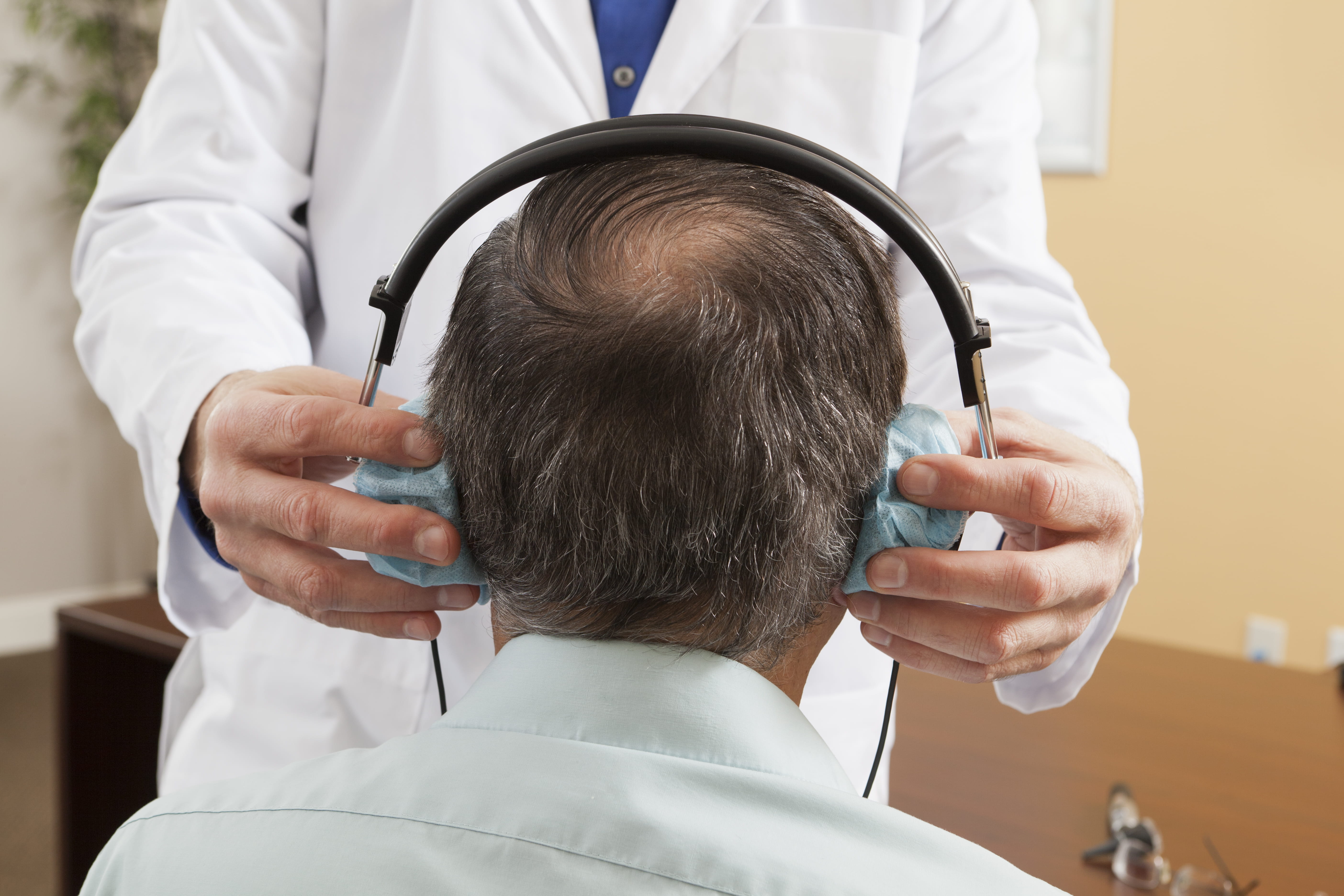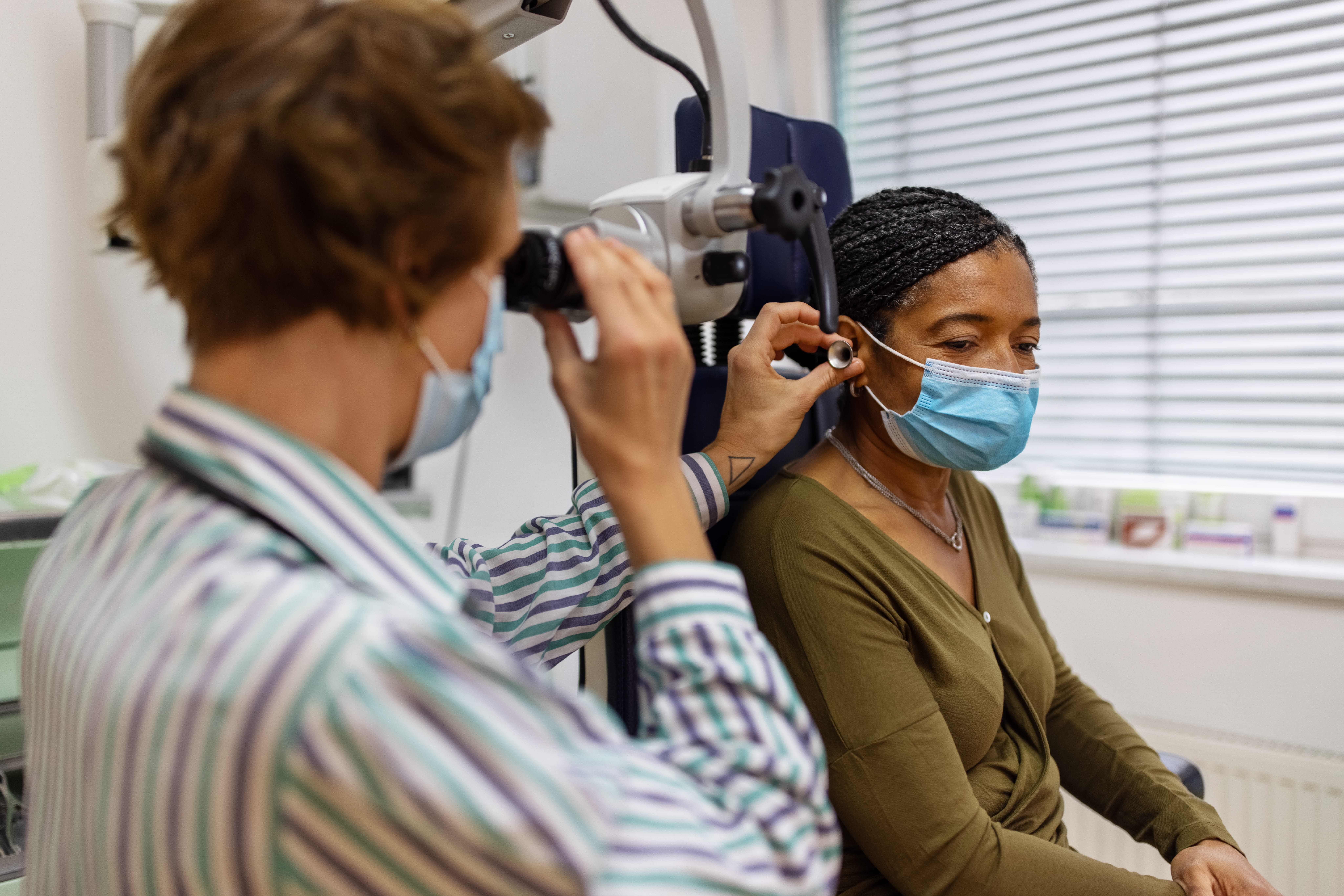Effects of White Noise On Hearing

Some people who have trouble falling asleep or staying asleep use white noise to help them get better rest. This article explains what this type of sound is, how it works and how to use it safely.
What Is White Noise?
You may have heard of white noise and wondered what it is or what frequency white noise is. White noise is a type of sound that contains all the frequencies the human ear can typically hear, played at an equal level. The term is similar to white light, which is a combination of all the colors in the visible spectrum.
The static from a radio and the hum of an air conditioner or a fan are examples of white noise. This consistent and steady sound is what makes it a valuable tool for improving sleep.
How Does White Noise Work?
The primary function of white noise is to mask other sounds in your environment. It creates a consistent sound “blanket” that can cover up noises that might otherwise disturb you. You can use a device like a fan to produce this sound, or you might opt for a white noise machine. Adults who struggle with sleep often use these devices.
What does a white noise machine do? It produces a sound that works in three ways to help with sleep:
- It produces a masking effect.
- It reduces auditory stimulation.
- It promotes calmness and relaxation.
The masking effect occurs because the brain has a limited capacity to process auditory information. When exposed to a constant sound, such as white noise, it becomes less likely to perceive other, more jarring sounds. The uniform soundscape of white noise can also make the auditory nerves less excitable, and many find the sound soothing.
What Does White Noise Do to Your Brain?
The effects of white noise on the brain are a subject of ongoing research. In addition to its sleep benefits, some adults, particularly those with attention difficulties, find that listening to white noise improves cognitive functions, such as memory recall. It may also help create a more focused state by minimizing distractions.
However, when it comes to the developing brains of infants, there’s debate. Some parents ask, “Are white noise machines bad for young children?” and “Can white noise machines damage hearing?”
While white noise can be a helpful sleep aid, some studies looking at the effects of white noise on the brain suggest that extended exposure to it may potentially interfere with the brain's auditory development. The brain learns to process a wide range of sounds, and a continuous, unchanging sound might limit that exposure.
What Are the Benefits of White Noise?
If you’re considering using a white noise machine or other device, you might wonder, “What is white noise good for?” Used correctly, it can provide several benefits, including:
- Improved sleep
- Enhanced focus
- Tinnitus relief
- Calming infants
By blocking out disruptive noises, white noise can help you fall asleep faster and stay asleep longer. It can also be a valuable tool for studying or working in a noisy environment, enabling you to concentrate on the task at hand.
For individuals with tinnitus (a continual ringing or buzzing in the ears), white noise can help mask the internal sounds, providing some relief. However, some wonder, “Can white noise cause tinnitus?” The short answer is that extended exposure to any sound that is too loud can cause hearing issues, including tinnitus.
White noise can also be calming for babies, helping to reduce crying and promote sleep.
Can White Noise Be Harmful?
While generally safe, white noise can be harmful if not used correctly. The primary concern is the potential for noise-induced hearing loss (NIHL). This can occur if the white noise is too loud or if you're exposed to it for extended periods.
For adults, exposure to noise levels above 85 decibels (dB) for more than eight hours can lead to hearing damage. Many white noise machines are capable of producing sounds well above this level. For infants whose ears are more sensitive, the recommended safe volume is 50 to 60 dB.
Is It Bad To Sleep With White Noise?
Sleeping with white noise isn’t inherently bad, and for many people, it’s a helpful sleep aid. The key is to use it safely. This means keeping the volume at a moderate level, comparable to a quiet conversation or a gentle rainfall.
One potential downside is the possibility of developing a dependency on white noise for sleep. If you become accustomed to sleeping with it, you might find it difficult to sleep in a quiet environment without it.
White Noise and Infants: Is It Safe?
White noise can be a safe and effective tool for helping infants sleep. However, it's essential to follow safety guidelines since exposure to white noise could potentially affect a baby's auditory and language development.
To use white noise safely with an infant, it's recommended that you place the machine as far from the baby’s crib as possible while maintaining the sound’s soothing effect. You should set the volume to the lowest practical level, ideally around 50 dB.
Additionally, it’s best to use a white noise machine for a limited time, such as during naps and at bedtime, rather than continuously throughout the day and night.
White Noise Safety Tips
Adults should follow these safety tips when using a white noise machine:
- Keep the machine’s volume low.
- Place the machine at a distance.
- Turn it off when you don’t need it.
- Use a machine with good volume control.
If you don't have one, you can find a provider using our provider directory. Call our Auditory Care team at 1.844.230.2427 or visit our Auditory Care page for more information.
FAQs
Can White Noise Cause Hearing Loss or Damage?
Yes, white noise and hearing damage are linked if the sound is too loud. Prolonged exposure to any sound over 85 decibels can damage your hearing. For infants, the safe limit is around 50 decibels. It's crucial to use white noise machines at a safe volume to prevent hearing damage.
Is White Noise Addictive?
While not addictive in the traditional sense, some people can become dependent on white noise for sleep. If you use it every night, your brain may become accustomed to it, making it harder to sleep in a quiet environment. If you want to stop using white noise, it's best to wean yourself off it gradually by lowering the volume over time.
What Volume Is Safe for Sleeping?
For adults, a safe volume for sleeping is generally considered to be below 85 decibels. However, a much lower volume is usually sufficient to mask other sounds. For infants, the recommended safe volume is approximately 50 decibels, which is equivalent to a quiet conversation.
Is Pink or Brown Noise Better Than White Noise?
Pink and brown noise are other types of sound that have different properties from white noise. Pink noise has more power in the lower frequencies and is often described as sounding more natural, similar to the sounds of rainfall or rustling leaves. Some studies suggest pink noise may be more effective in promoting deep sleep. Brown noise places even more emphasis on lower frequencies and can be beneficial for concentration. The "best" color of noise is a matter of personal preference.
Next Steps and Helpful Resources
Learn More About Audiology Care at Baptist Health
What Are Audiologists?
Tinnitus & Anxiety
Ear Wax Removal: When to See a Doctor
What Causes Ear Infections?



